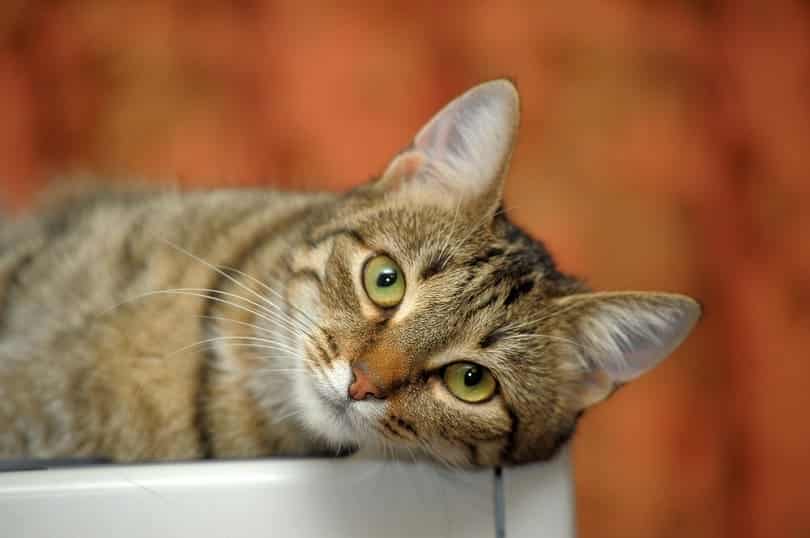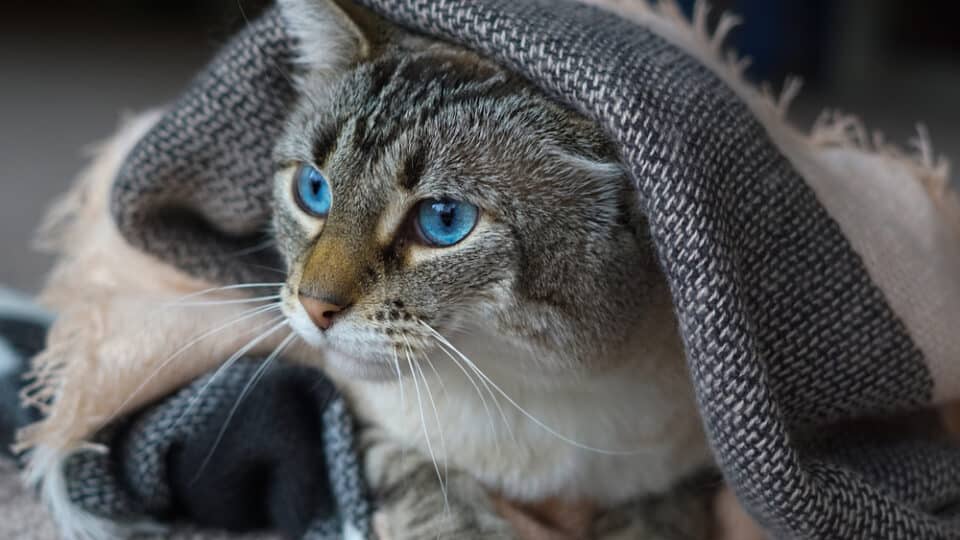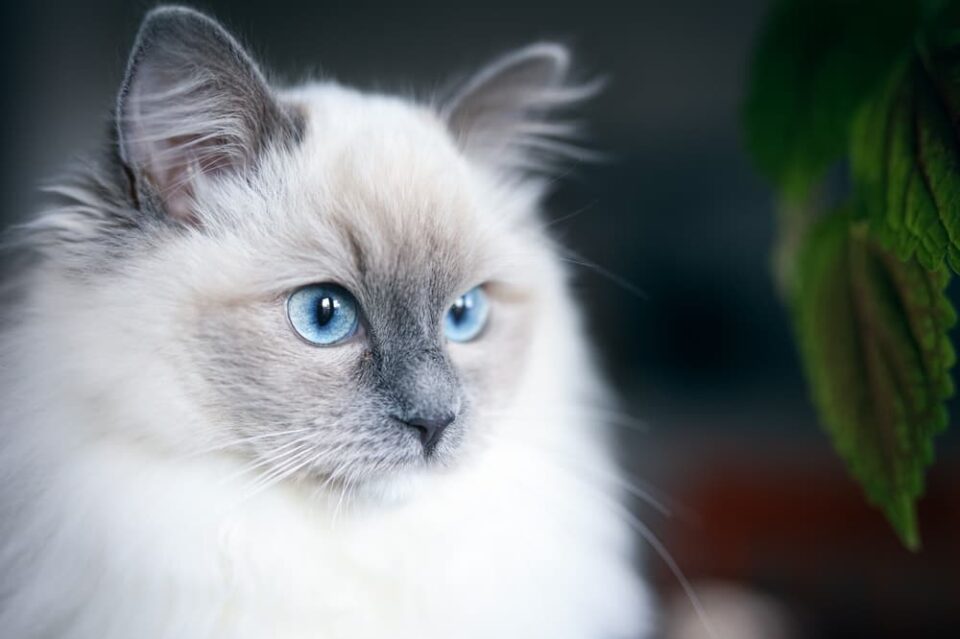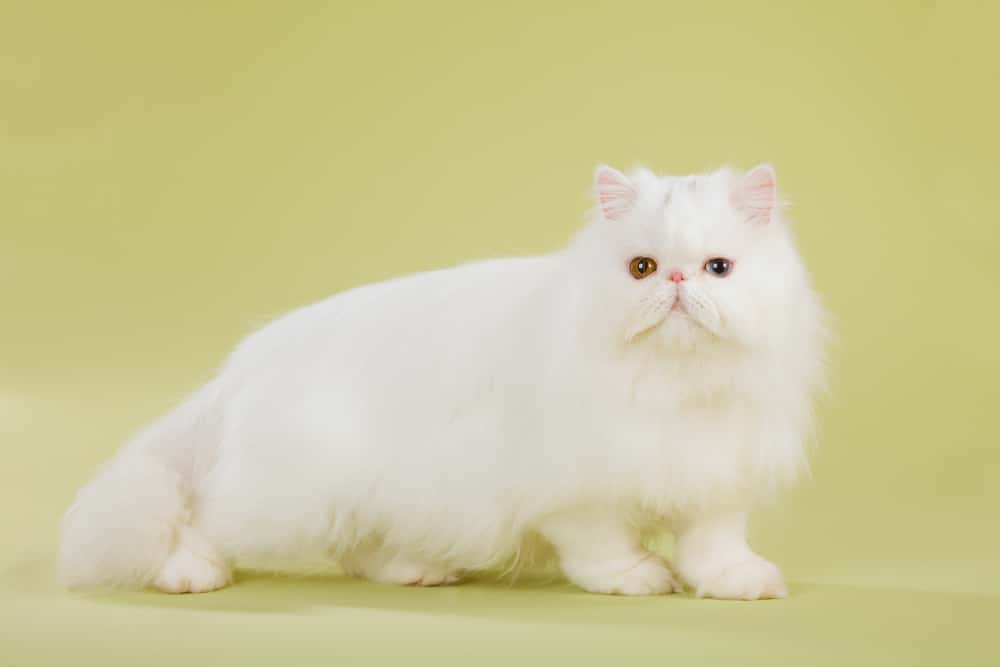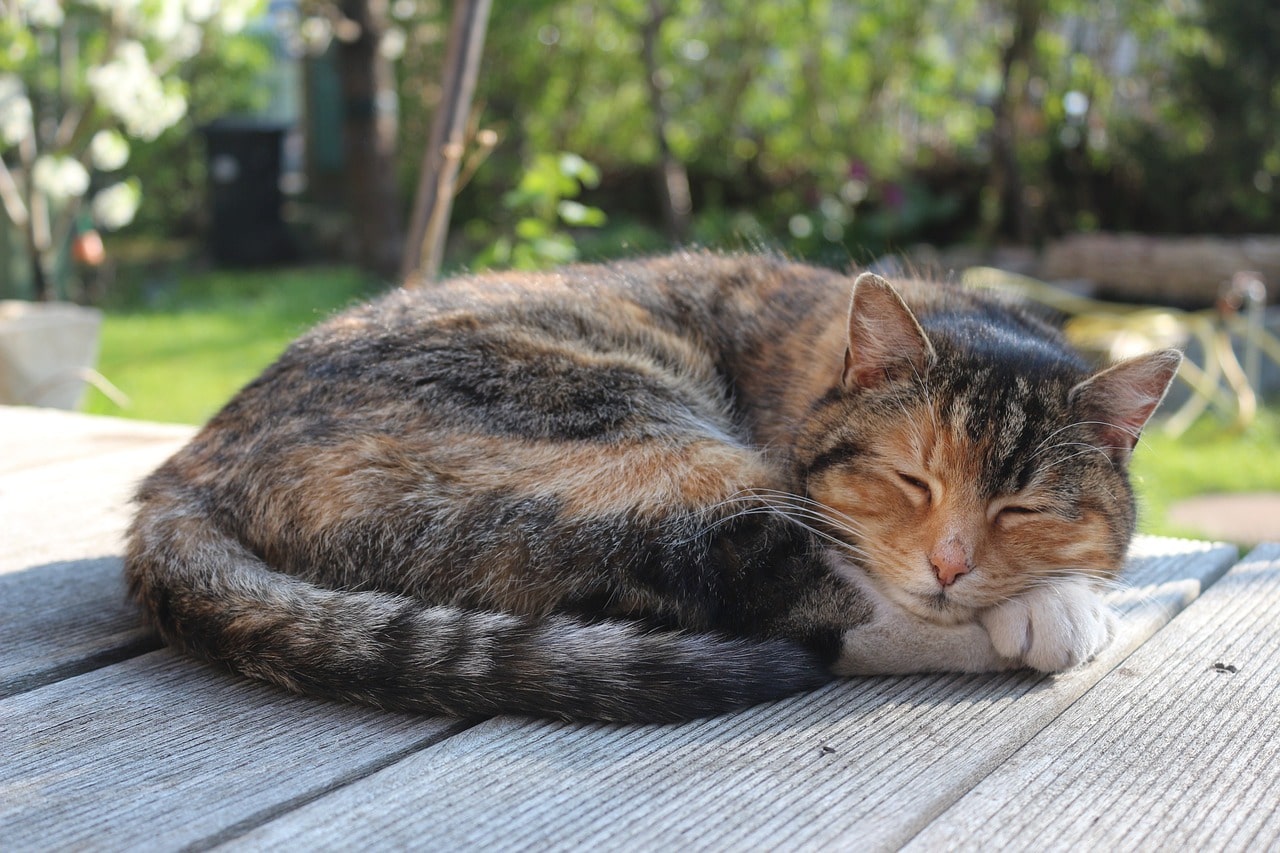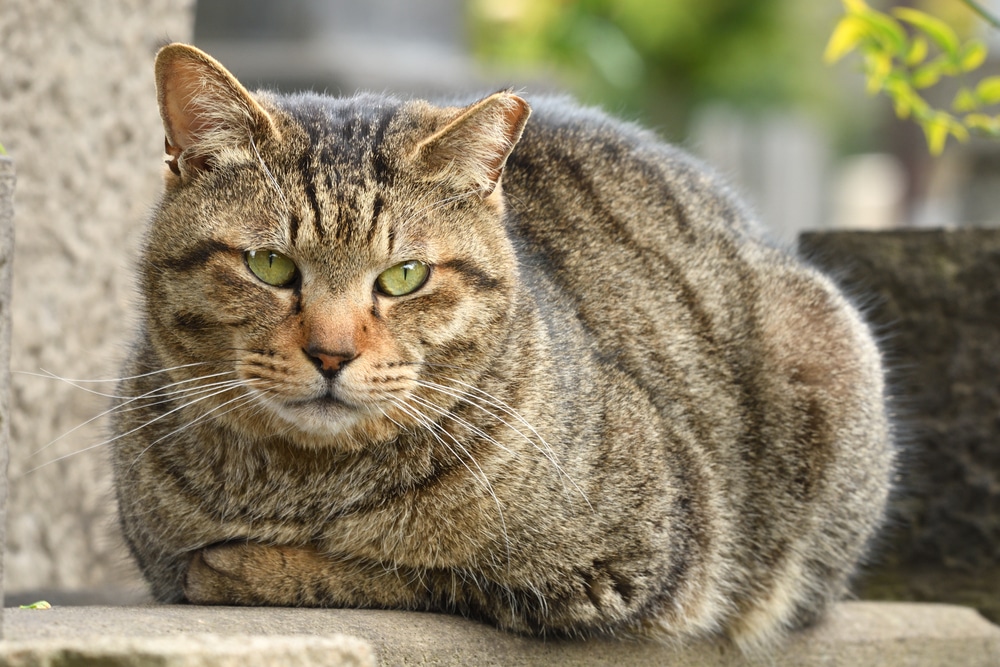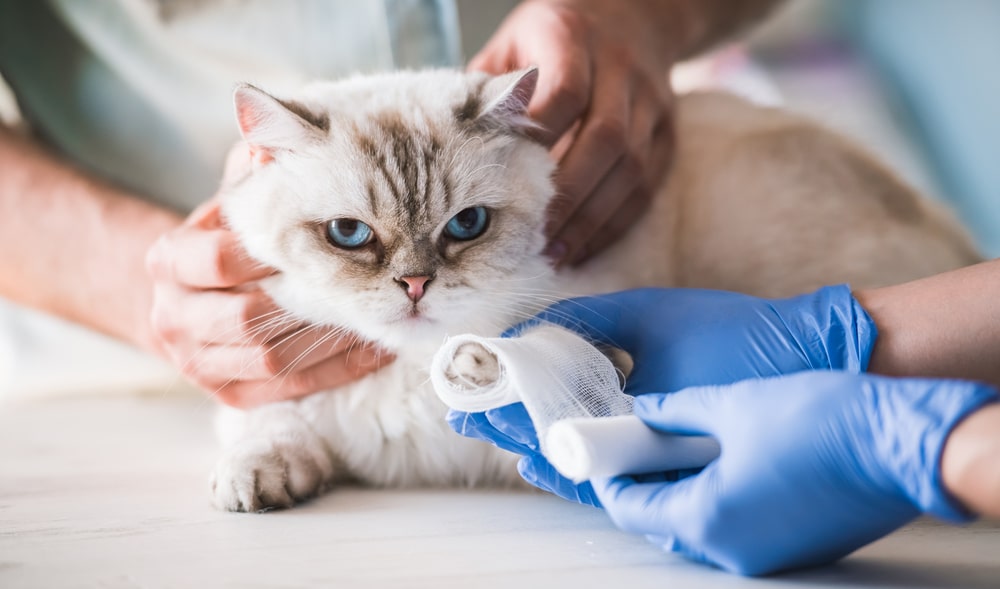Are you curious about one of Europe’s most popular and charming cat breeds? Meet the European Shorthair, known for its lively personality and affection for family members.
- This breed is adored for its intelligence and adaptability, making it a great fit for various households.
- European Shorthairs come in a rainbow of colors and patterns, adding to their unique charm.
- Though playful and affectionate, they may act shy around strangers, showing their territorial side.
- These cats are relatively easy to care for and can live up to 20 joyful years.
If you’re intrigued by the charisma of cats, the European Shorthair might just captivate you. Known as Europe’s most beloved housecat, this breed boasts intelligence and a vibrant personality, making it a fascinating companion. With a robust and muscular build, these cats can jump and play with enthusiasm, although they often sport a cuddly belly pooch. You can find them in a medley of colors, truly a feast for the eyes.
European Shorthairs are perfect for those who enjoy an interactive pet. This breed is adaptable and fits well in various settings, from farms to cozy apartments. The Shorthairs form deep, endearing bonds with their families, bringing joy and laughter with their playful antics. Toss them a mouse toy, and watch the fun unfold! Yet, when strangers visit, don’t be surprised if they seem a bit shy. Their territorial nature serves them well, particularly with unfamiliar faces around.
The breed’s intelligence stands out, making them a joy to train. It’s no surprise that European Shorthairs love exploring the outdoors. However, be cautious—a secure window perch can provide that desired outdoor view without the associated risks of roaming.
Although adored in Europe, this breed is still rare in North America. Finding a reliable breeder is essential when considering adding one to your home. Health clearances ensure your future feline friend is both healthy and raised in the best conditions. With a bit of patience, you might find yourself on a waiting list for these coveted kittens.
While their independent grooming habit means easier care, European Shorthairs still need weekly brushings. This not only helps them look their best but also strengthens the bond shared during these caring moments. Their health is generally robust, but always be attentive to any signs of illness. It’s simple, really—good food, a bit of play, and regular check-ups keep them sprightly.
European Shorthairs have a fascinating past, tracing their roots to Ancient Rome, where they were appreciated for their hunting prowess. They’ve been spreading joy across Europe ever since, even being declared the national cat of Finland. Despite the long history, their formal recognition as a distinct breed was only achieved in 1982.
In families, they quickly become a child’s best friend when the little ones understand how to play gently. Though they might not always gel with other pets, an early and positive introduction can pave the way for peaceful coexistence.
With the European Shorthair, home is where the heart (and play) is.
